The Power of Light: How Longer Days Impact Your Health
Hi Friend,
Daylight saving time begins this weekend, bringing us longer, brighter days—a welcome shift as we move closer to spring. This change in light is more than just adjusting our clocks; it’s an opportunity to realign with the natural rhythms that support our energy, mood, and well-being. Like a plant stretching toward the sun, we thrive when we embrace natural light. In this edition, we’re diving into how light influences everything from sleep to productivity—and how small shifts can help us feel more balanced, energized, and in sync with the season.
The Science of Light and Mood
Exposure to natural light has a profound impact on mental health. Sunlight stimulates the production of serotonin, a neurotransmitter that boosts mood and helps us feel calm and focused. Research from the National Institute of Mental Health suggests that increased exposure to daylight can alleviate symptoms of seasonal affective disorder (SAD), a type of depression linked to shorter days and reduced sunlight. To maximize the benefits, spend at least 20–30 minutes outdoors each morning, even on cloudy days. If natural light is limited, using a light therapy box can simulate daylight exposure and help regulate mood throughout the day.
Light and Sleep: Resetting Your Internal Clock
Our sleep-wake cycle, known as the circadian rhythm, is heavily influenced by light. When we expose ourselves to bright morning light, it signals to our brain that it’s time to be awake and alert. Conversely, exposure to artificial blue light at night (from screens and overhead lights) can suppress melatonin production, making it harder to fall asleep. Think of your circadian rhythm like a well-tuned orchestra—when each section plays at the right time, you experience harmony, but when disrupted, sleep struggles arise. Optimizing your evening routine by dimming lights, reducing screen time, and using red or amber light bulbs can support a natural wind-down process for better sleep quality.
Energy and Productivity: The Bright Side of Longer Days
Ever notice how you feel more energized and productive when the sun is shining? That’s because light exposure increases cortisol levels in the morning, helping us wake up feeling refreshed. Just as solar panels soak up sunlight to generate power, our bodies absorb daylight to fuel physical and mental energy. Incorporating short outdoor breaks throughout the day—such as a mid-morning walk or eating lunch outside—can help maintain focus and prevent the afternoon slump. If working in a windowless space, consider using full-spectrum lighting to mimic natural daylight and sustain energy levels.
Enhancing Your Space for Circadian Balance
Creating an environment that supports natural rhythms can enhance overall well-being. Small adjustments, like positioning your workspace near a window or using smart lighting that mimics sunrise and sunset patterns, can make a big difference. At night, warm-hued bulbs and blackout curtains help signal to your body that it’s time to rest. Additionally, investing in a sunrise-simulating alarm clock, like the Hatch Restore, can provide a gentle wake-up experience that aligns with your body’s natural cues. By making these changes, you create a home that supports healthy sleep and wake cycles, leading to more consistent energy throughout the day.
Light is one of the most powerful tools for optimizing health, and as we welcome the longer days ahead, we have an opportunity to use it to our advantage. Small shifts—like seeking out natural light in the morning, minimizing screen exposure at night, and designing our spaces with circadian health in mind—can have a profound impact on how we feel day to day.
How are you planning to embrace the extra daylight this season? I'd love to know!
In love & alignment,
Maddie


